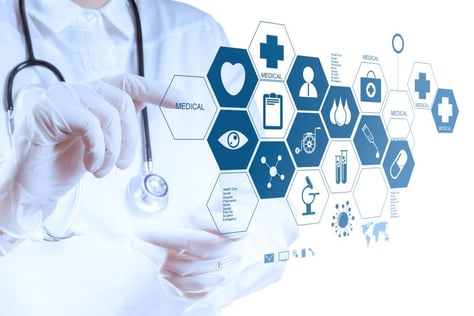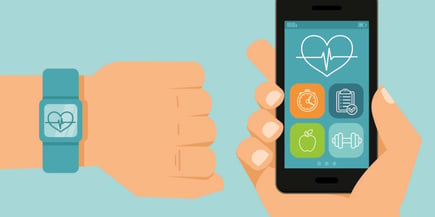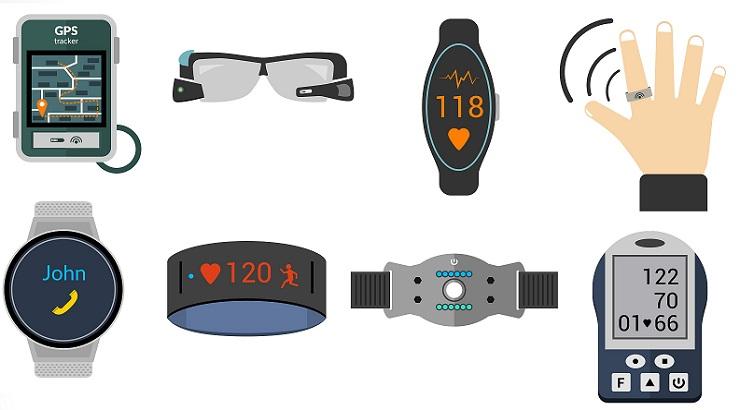Exploring the Potential of Internet of Medical Things (IoMT)
There is a remarkable shift in the technology sector that has left everyone shocked out of their wits. Some has managed to stay abreast with it while...

Internet of things is the connection of physical objects to a network so that they can transmit signals and data to each other. Internet of Things (IoT) is having its roots in all industries across the world. From retail to smart homes IoT is everywhere.By using IoT in healthcare doctors can ensure on-time and on-time patient care, reduce the cost of treatments and make treatments more effective. From health and wellness management via smart watches to after cancer care, IoT is impacting healthcare in all directions.
Read More about Modern Technologies in Healthcare:

Here are some ways IoT is impacting healthcare and hospitals:
With IoT, multiple monitoring devices can be connected thus enabling real-time monitoring of patients. Along with this, these devices can transmit signals from home also thus, reducing the time needed for patient care in the hospitals. This can reduce the need for doctors attention and can improve the level of care provided at the same time. This will also provide real time information which will help in providing evidence based medications.
Read more about Big Data technologies in healthcare .

WuXi PharmaTech, Proteus Digital Health, and TruTag are some of the pharma companies who are developing edible IoT, “smart” pills that will aid monitoring of health issues, adherence and medication controls. These pills will dissolve in the stomach and transmit a signal to the sensor worn on the body. That signal will then be transferred to mobile phones for easy access to the patients. Smart pills will not only help drug companies to reduce their risks but also ensure that patients are able to monitor their medications and take prompt medication.
Dana Lewis along with her husband Scott hacked Dana’s CGM(continuous glucose monitor) and her insulin pump. A Raspberry Pi computer deciphers the data transmitted from the CGM and controls the pump to put the required amount of insulin in the blood. This was presented at the OSCon 2016, held in Austin, where it was reported that 59 people were using this solution.
In 2016, Roche acquired distribution rights to an implantable long-term continuous glucose monitoring (CGM) system. This system uses a 90-day sensor which is placed below the patient’s skin. By using a smart transmitter it monitors and sends signals about the blood glucose levels to the mobile.
How is Cloud Computing Impacting Healthcare
In 2016, Roche also launched a Bluetooth enabled coagulation system to monitor the pace of blood coagulation for anticoagulated patients. Similarly, sensor based intelligent system can be used to monitor blood pressure levels in patients suffering from hypertension. Medications can be taken in accordance with the need thus there will not be a need for guess work. These monitoring devices can also lower the risk of cardiac arrests in critical cases.

Takeda is creating a test case on 30 patients suffering from major depressive disorder (MDD). For this purpose, they have developed an Apple Watch App which can monitor and assess people’s mood and report data to the server. Along with this, there are apps developed to monitor sleep cycles and fitness activities like runs. reps, etc. These apps are still in testing phase and present a huge potential for growth in future.
Know everything about Healthcare form one place:

There is a remarkable shift in the technology sector that has left everyone shocked out of their wits. Some has managed to stay abreast with it while...

Wearable technology has gone from being non-existent to everywhere in only a few short years. Because of this unexpected acceptance surge, wearables...

The Internet of Things (IoT) refers to a network of physical objects, which can gather and share electronic information. The Internet of Things...